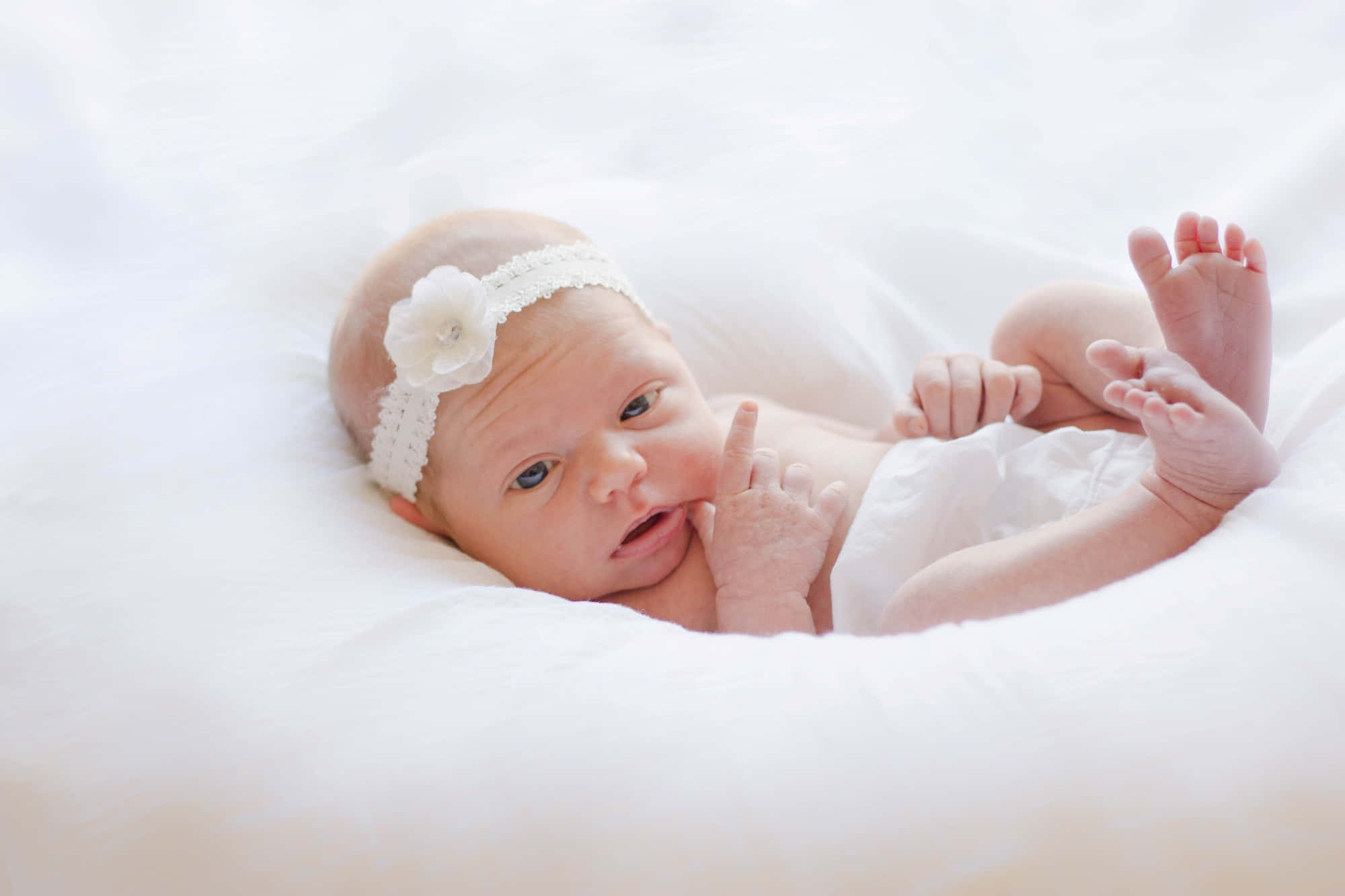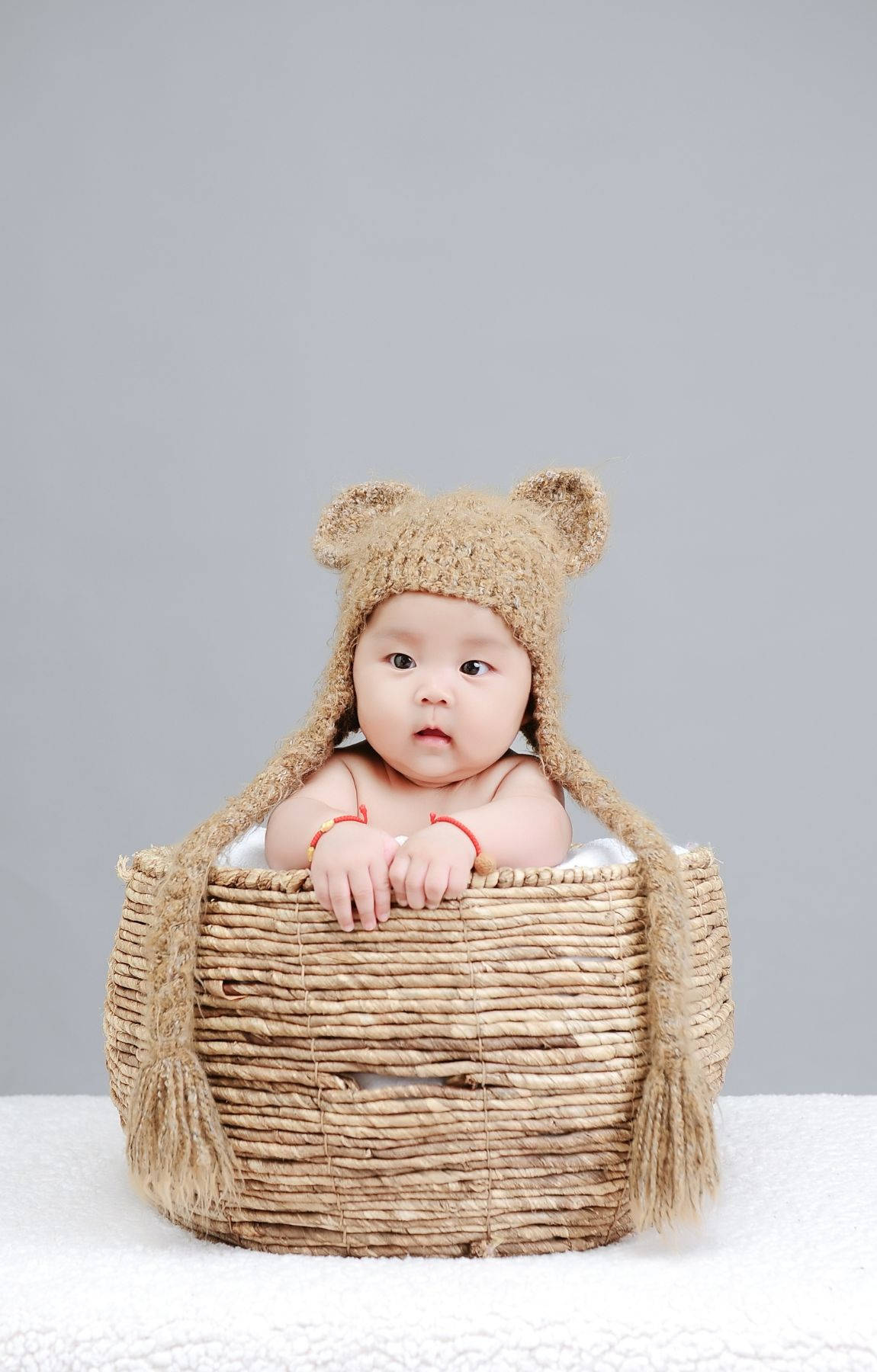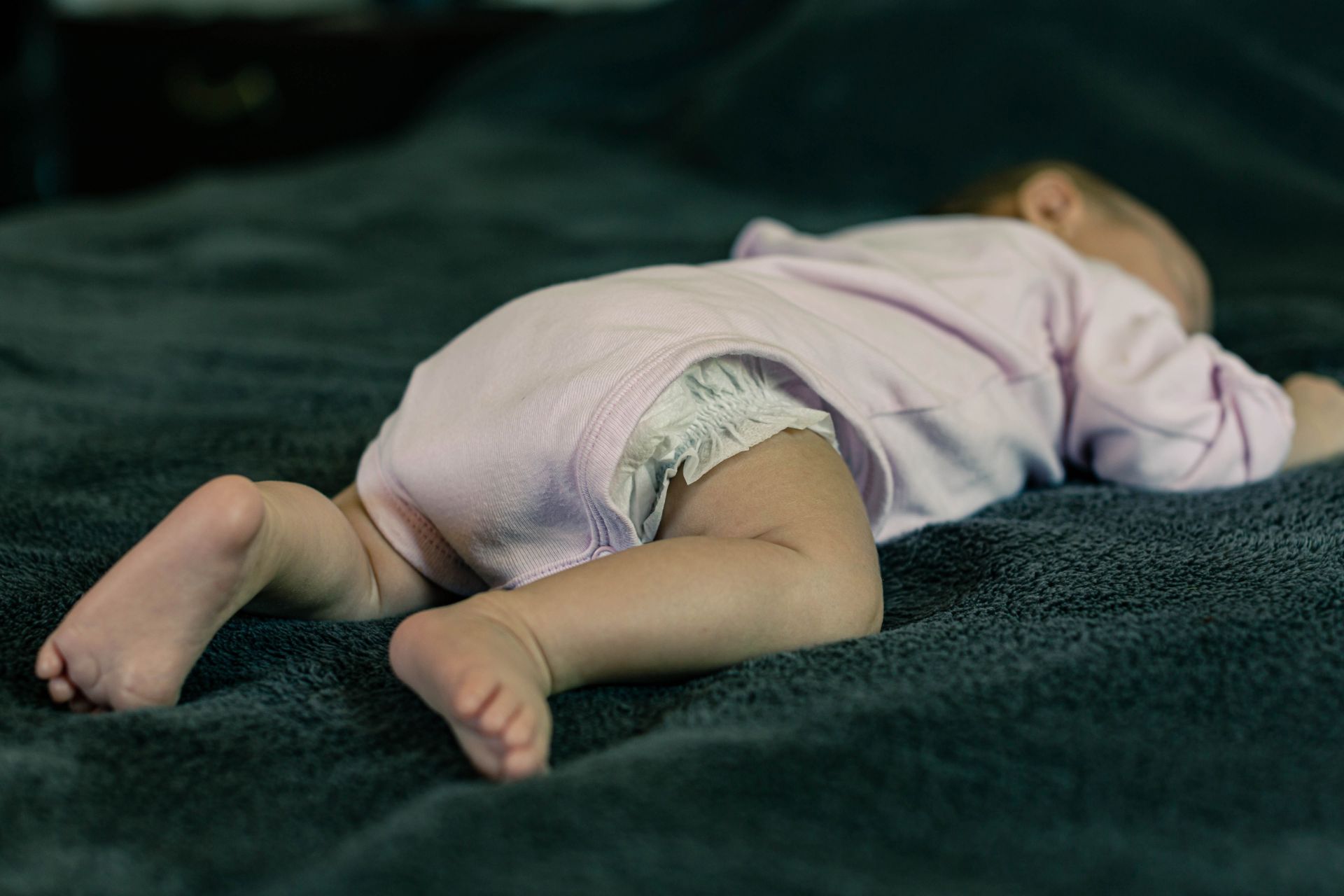As new parents, ensuring the safety and comfort of your baby during sleep is paramount. With the increasing awareness of safe sleep practices, various products have emerged in the market, one of which is the anti-roll pillow. This article delves into the significance of anti-roll pillows, their role in safe sleep practices, and how to use them effectively to promote your baby’s well-being.
Understanding Safe Sleep Practices
Safe sleep practices are crucial in reducing the risk of Sudden Infant Death Syndrome (SIDS) and ensuring that your baby sleeps soundly. The American Academy of Pediatrics (AAP) recommends the following guidelines for safe sleep:
- Place your baby on their back: Always position your baby on their back to sleep, as this significantly lowers the risk of SIDS.
- Use a firm sleep surface: A firm mattress covered with a fitted sheet is ideal for your baby’s crib or bassinet.
- Avoid soft bedding: Keep pillows, blankets, and stuffed animals out of your baby’s sleep space to prevent suffocation.
- Room-sharing: It is recommended that your baby sleep in the same room as you for at least the first six months.
- Breastfeeding: Breastfeeding is associated with a reduced risk of SIDS.
What Are Anti-Roll Pillows?

Anti-roll pillows are specially designed cushions that help keep infants in a safe sleeping position. These pillows are typically shaped to prevent babies from rolling onto their stomachs or sides during sleep, which can pose a risk for suffocation and SIDS. They are often made from soft, breathable materials to ensure comfort and safety.
The Benefits of Anti-Roll Pillows

While the use of anti-roll pillows can be beneficial, it’s essential to understand their role in a broader context of safe sleep practices. Here are some primary benefits:
- Promotes Back Sleeping: Anti-roll pillows help maintain a back-sleeping position, which is the safest position for infants.
- Reduces Rolling Risk: By preventing babies from rolling onto their stomachs, these pillows can reduce the risk of suffocation.
- Provides Comfort: Some babies may feel more secure and comfortable with the gentle support of an anti-roll pillow.
- Encourages Healthy Sleep Habits: Using an anti-roll pillow can help establish a routine and promote longer sleep durations.
Choosing the Right Anti-Roll Pillow
Selecting the right anti-roll pillow is crucial to ensure your baby’s safety. Here are some factors to consider:
- Material: Look for pillows made of non-toxic, hypoallergenic materials that are safe for your baby’s skin.
- Size: Ensure that the pillow is appropriately sized for your baby’s crib or bassinet.
- Firmness: The pillow should be firm enough to provide support but soft enough to ensure comfort.
- Breathability: Choose a pillow with breathable fabric to prevent overheating.
- Washability: Opt for pillows that are machine washable for easy cleaning.
Case Studies and Research Insights

Research into safe sleep practices and the use of anti-roll pillows is ongoing. A study published in the journal Pediatrics found that sleep positioners, which include anti-roll pillows, are not recommended for use due to the potential risk of suffocation. However, some manufacturers are developing pillows that comply with safety standards, and parents should remain informed about the latest research.
For example, a survey conducted among parents using anti-roll pillows revealed that:
- Over 70% felt the pillows helped their baby stay on their back during sleep.
- 60% reported an improvement in their baby’s sleep duration.
- Less than 10% experienced concerns regarding their baby’s safety while using the pillow.
How to Use Anti-Roll Pillows Safely

When using an anti-roll pillow, follow these guidelines to maximize safety:
- Supervision: Always supervise your baby while they are using the pillow.
- Follow Manufacturer Instructions: Adhere strictly to the usage guidelines provided by the manufacturer.
- Limit Use: Consider using the pillow only for naps or supervised times to reduce risks during unsupervised sleep.
- Monitor Your Baby: Regularly check on your baby to ensure they are in a safe position.
Alternatives to Anti-Roll Pillows

If you are hesitant to use anti-roll pillows, there are several alternatives you may consider:
- Swaddling: Properly swaddling your baby can provide a sense of security and keep them from rolling.
- Sleep Sacks: These wearable blankets can keep your baby warm and secure without the risks associated with loose bedding.
- Firm Mattress: Using a firm mattress with no additional pillows or toys can help maintain a safe sleep environment.
Common Misconceptions About Anti-Roll Pillows

Despite their popularity, there are several misconceptions surrounding anti-roll pillows that need to be addressed:
- They are completely safe: While they can offer benefits, they are not without risks, and parents should always prioritize safe sleep practices.
- They can replace safe sleep guidelines: Anti-roll pillows should complement, not replace, established safe sleep guidelines.
- All anti-roll pillows are the same: Variations in design, materials, and safety standards mean that parents must research thoroughly before choosing one.
Caring for your baby involves making informed choices, especially when it comes to sleep safety. Anti-roll pillows can play a supportive role in promoting a safe sleep environment, but they should not replace established safe sleep practices. As a parent, it’s essential to stay updated on the latest research and guidelines to ensure your baby’s safety and well-being.
By understanding safe sleep practices, choosing the right products, and remaining vigilant, you can create a nurturing environment that fosters healthy sleep habits for your baby. Always remember that your baby’s safety is the top priority, and when in doubt, consult with your pediatrician for personalized advice.